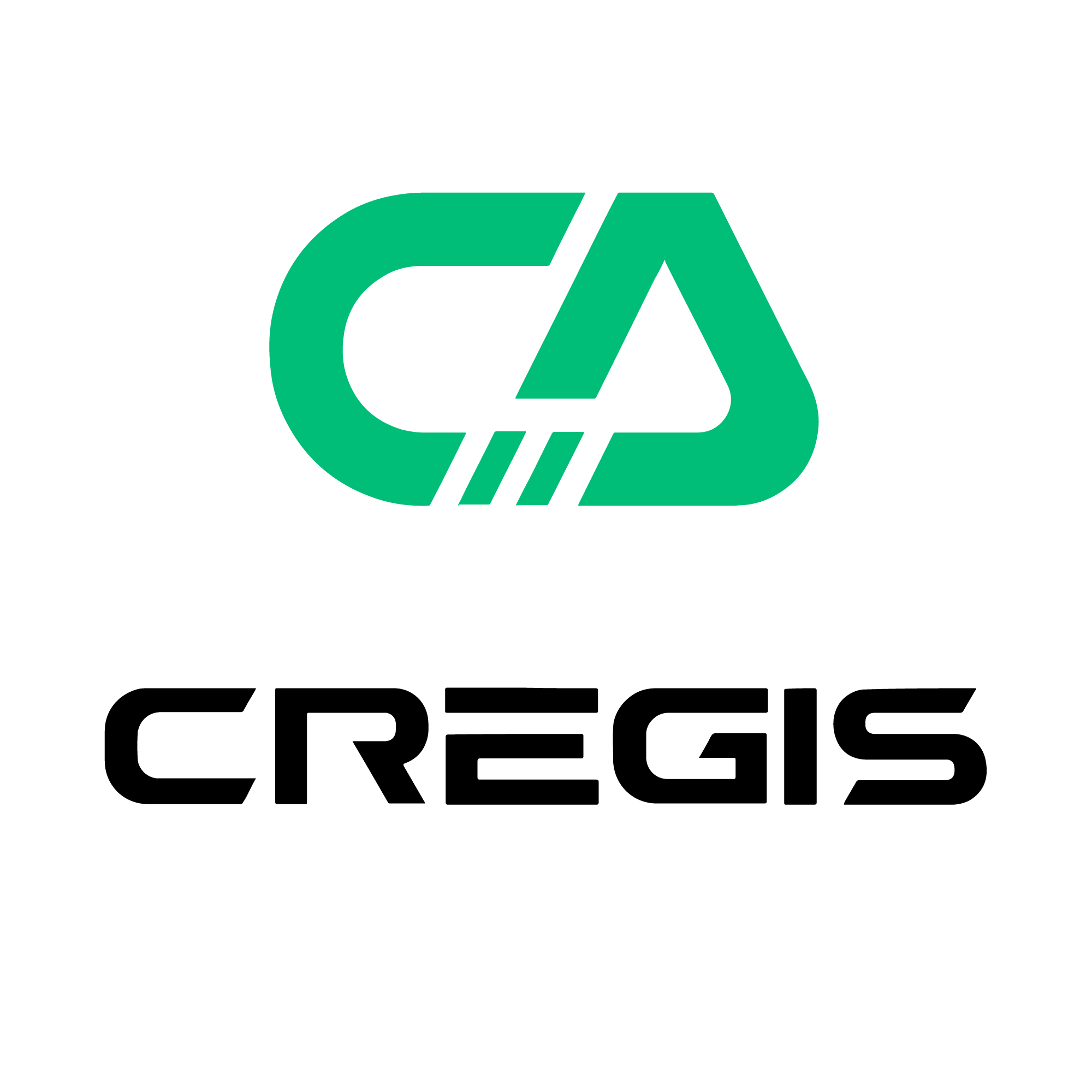Introduction: What Makes Solana Stand Out?
Solana is a high-performance blockchain platform built to support decentralized, scalable applications. Known for its exceptional speed and low transaction costs, Solana has become a major player in the crypto ecosystem.
While platforms like Ethereum pioneered decentralized finance (DeFi) and NFTs, Solana is racing ahead with a novel approach to time and consensus. As of 2024, its native token (SOL) remains one of the top cryptocurrencies by market capitalization, testament to its growing influence in Web3.
What Is Solana (SOL)?
Solana is an open-source blockchain platform founded in 2017 and maintained by the Solana Foundation in Geneva. The infrastructure was built by Solana Labs, based in San Francisco.
Designed for scalability without sacrificing decentralization or security, Solana can process thousands of transactions per second (TPS) at a fraction of a cent, far outpacing traditional blockchains like Ethereum.
Key Features:
- Handles thousands of TPS with low fees
- Combines Proof-of-Stake (PoS) with an innovative mechanism called Proof-of-History (PoH)
- Native token: SOL, used for fees, staking, and governance
A Quick Look at Solana's Rise
Solana’s token, SOL, soared nearly 12,000% in 2021 and reached a market cap of over $75 billion at its peak. Despite market fluctuations, SOL remained among the top cryptocurrencies throughout 2024.
Solana’s Founding and Vision
The Man Behind Solana: Anatoly Yakovenko
Before Solana, Anatoly Yakovenko worked on distributed systems at Qualcomm. His insight: adding a synchronized clock to a blockchain could dramatically increase its efficiency.
Most blockchains (like Bitcoin and Ethereum) rely on asynchronous systems, where nodes operate independently without a unified time reference, causing bottlenecks.
Yakovenko’s breakthrough was Proof-of-History (PoH): a cryptographic clock that timestamps transactions, enabling faster block finalization and greater throughput.
How Solana Works: Technology and Consensus
Proof-of-History (PoH)
PoH is Solana’s core innovation. It timestamps every transaction using cryptographic hashes, creating a verifiable sequence of events.
This allows all network nodes to agree on time, significantly speeding up transaction validation.
Proof-of-Stake (PoS)
In addition to PoH, Solana uses PoS to secure its network. Validators are chosen based on the amount of SOL they stake, earning rewards for validating transactions.
Solana’s Architecture
| Feature | Description |
| Consensus | Hybrid of PoH and PoS |
| Speed | 2,400+ TPS (as of Sept 2024) |
| Transaction Fee | ~$0.00026 per transaction |
| Token Standard | SPL Token (like Ethereum’s ERC-20) |
| Validator Setup | Validator clusters handle transaction processing |
Solana’s architecture removes common blockchain bottlenecks, potentially allowing 710,000 TPS on a 1 Gbps networkand 28 million TPS on a 40 Gbps network.
Solana vs. Ethereum: A Battle of Speed and Scale
| Feature | Solana | Ethereum |
| Consensus | PoS + PoH | PoS |
| TPS | 2,400+ | < 15 |
| Avg. Fees | ~$0.00026 | ~$0.30 |
| Smart Contracts | Yes | Yes |
| Token Standard | SPL | ERC-20 |
| NFT & DeFi Support | Strong | Strong |
While Ethereum has the first-mover advantage and a vast developer ecosystem, Solana continues to gain ground with better speed, scalability, and lower costs.
Ethereum's shift to PoS and upcoming upgrades like danksharding may close the performance gap—but Solana is already live with high-speed capabilities.
Use Cases and Ecosystem
Solana supports a wide range of applications across the Web3 space:
- DeFi protocols: High-speed trading, lending, and DEX platforms
- NFT platforms: Cost-effective minting and transfers
- GameFi & Metaverse: Real-time transaction processing for gaming
- Payment Solutions: Integrated crypto payments with minimal fees
Fast Facts About Solana
- Founded: 2017
- Token: SOL
- Consensus: PoS + PoH
- Token Standard: SPL
- Headquarters: Solana Labs (San Francisco), Solana Foundation (Geneva)
- TPS: 2,400+ as of 2024
- Price: ~$129 (as of Sept 18, 2024)
Is Solana a Good Investment?
Solana continues to appeal to developers and investors due to its speed, efficiency, and active ecosystem. However, its long-term position depends on:
- Market adoption
- Network stability
- Regulatory developments
- Competition from Ethereum, Avalanche, and others
Buy, hold, or sell? That depends on your risk profile and investment horizon.
FAQs About Solana (SOL)
What is Solana best known for?
Its ability to process high-speed, low-cost transactions using Proof-of-History.
Is Solana better than Ethereum?
It depends. Solana is faster and cheaper, but Ethereum has a more mature ecosystem and wider adoption.
What is SOL used for?
SOL is used to pay transaction fees, stake for network security, and vote on governance decisions.
How can I store SOL?
You can store SOL in self-custodial wallets, including MPC wallets like those offered by Cregis for enterprise-grade security.
Conclusion: Is Solana the Future of Scalable Blockchain?
Solana represents one of the most technologically advanced blockchains in the crypto ecosystem. Its hybrid consensus, high throughput, and developer-friendly tools make it a serious contender for next-gen Web3 infrastructure.
As a self-custodial blockchain company, Cregis believes innovations like Solana’s PoH are critical for enabling scalable, real-world crypto payment systems.
Learn More
Visit Solana’s official website for the latest updates, documentation, and development tools.
关于Cregis
Cregis成立于2017年,是企业级数字资产基础设施领域的全球领导者,为机构客户提供安全、可扩展且高效的管理解决方案。
为应对区块链系统碎片化和资产安全风险方面的挑战,Cregis提供基于MPC的自托管钱包、WaaS解决方案和支付引擎,打造高度整合且合规的数字资产管理平台和生态。
迄今为止,Cregis已为全球超过3,500家机构客户提供服务。为交易所、金融科技平台和Web3企业提供了安全的区块链技术接入方案。凭借多年在区块链和安全领域的成熟专业知识,Cregis助力企业加速Web3转型,把握全球数字资产发展机遇。

